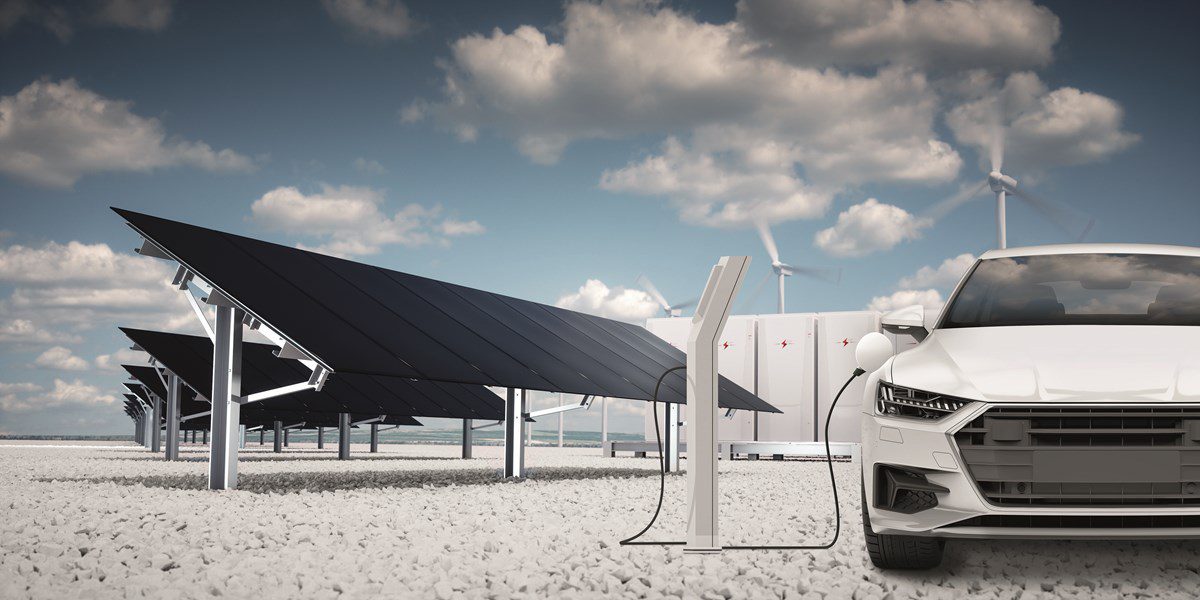
Metals will play a central role in successfully building Europe’s clean technology value chains and meeting the EU’s 2050 climate-neutrality goal. In the wake of supply disruptions from the COVID-19 pandemic and Russia’s conflict in Ukraine, Europe’s lack of resilience for its growing metals needs has become a strategic concern. This study evaluates how Europe can fulfil its goal of “achieving resource security” and “reducing strategic dependencies” for its energy transition metals, through a demand, supply, and sustainability assessment of the Green Deal and its resource needs.
Europe is planning a rapid shift away from today’s fossil fuels system towards clean energy technologies. This energy transition is metals intensive. Electric vehicles, batteries, solar photovoltaic systems, wind turbines, and hydrogen technologies all require significantly more metals than their conventional alternatives to replace fossil fuel needs.
The study, carried out and written by KU Leuven and commissioned by Eurometaux, Europe’s metals association, concludes that Europe’s goal of improved self-sufficiency for energy transition metals is achievable in the long-term by 2050, led by an optimisation of its recycling value chain for clean energy technologies and other metals-containing waste streams (alongside continued levels of primary supply). In 2050, a circular Europe could have an improved self-sufficiency of between 50% and 100% for its combined primary and secondary raw materials inputs, and between 70% and 100% for its metals. But for battery metals, rare earths and silicon, recycling will not provide meaningful supply to Europe until after 2040 when high volumes of clean energy technologies start reaching their end-of-life. This supply gap can only be filled with increased primary metals supply. Europe’s energy transition faces supply vulnerabilities and a sufficiency deficit in the next 15 years without secure inputs. Taking forward domestic mining and refining projects would soften Europe’s medium-term supply risk, and this will also need to be combined with active import choices with environmentally responsible partners under fair trade conditions. Europe also faces a challenge to maintain its existing manufacturing capacity in a decade of potential high energy prices.
For more information, click here.
